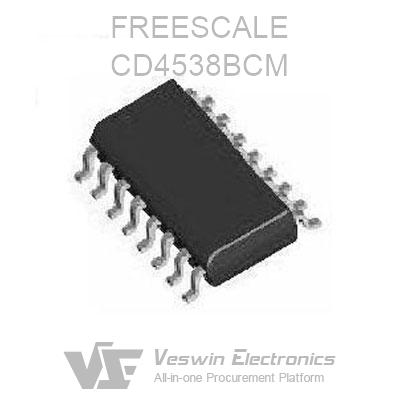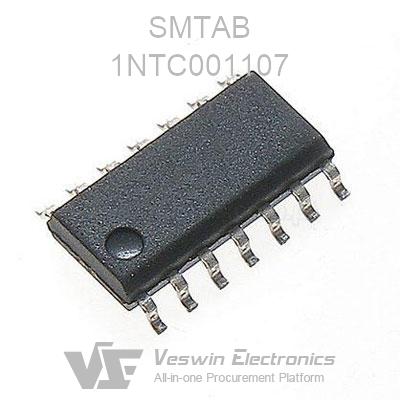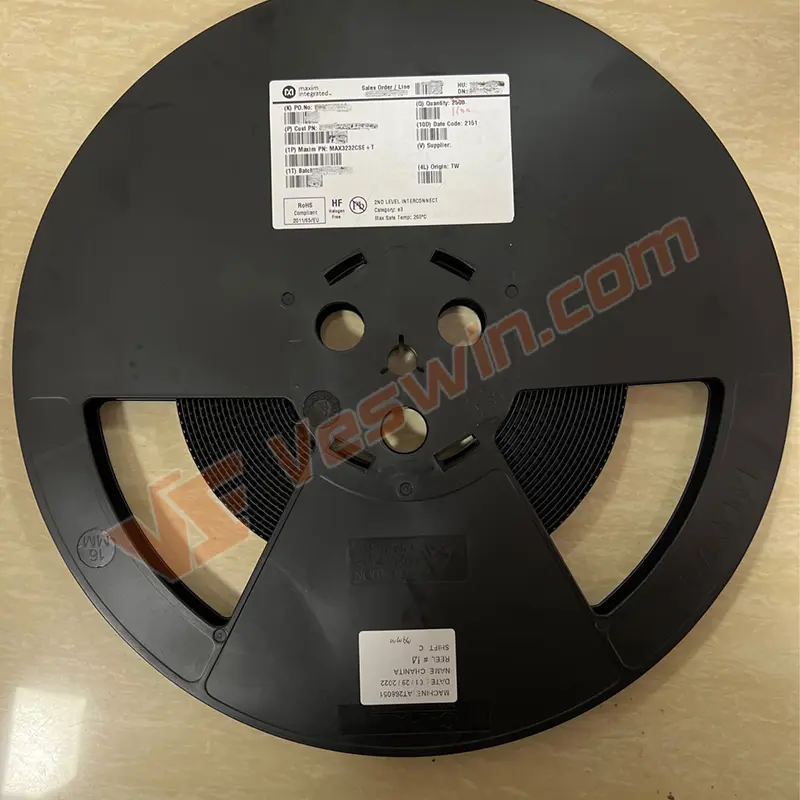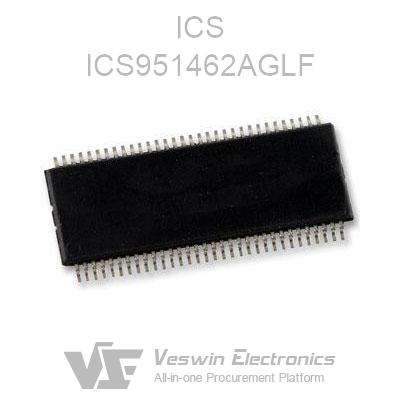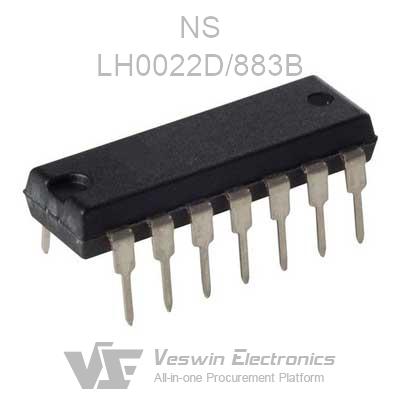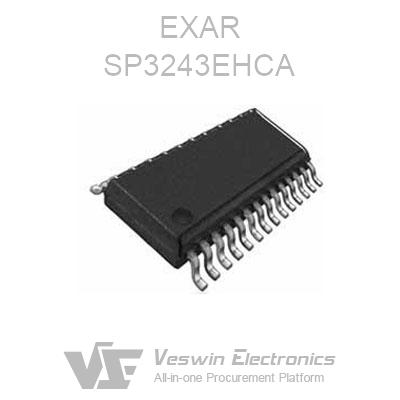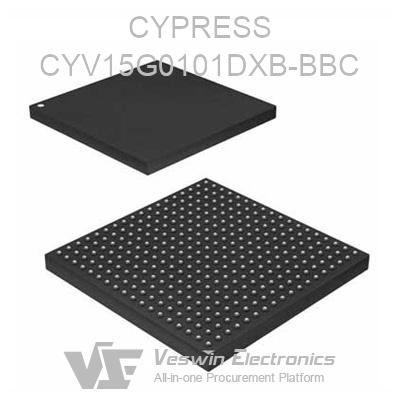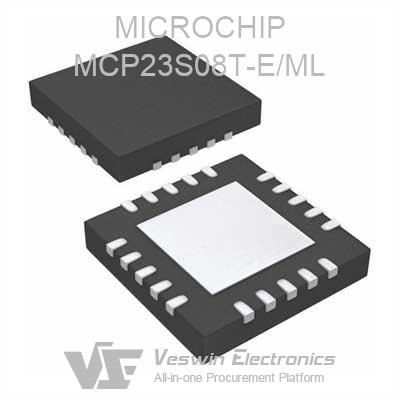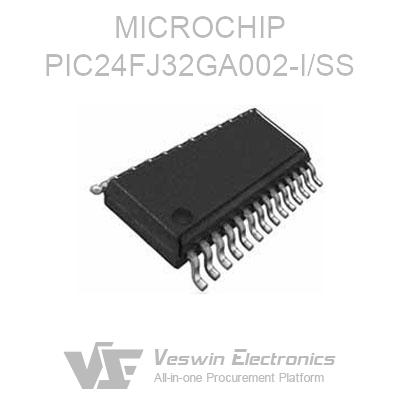The S9013 transistor is a small signal PNP bipolar junction transistor (BJT) commonly used in electronic circuits as an amplifier or switch. It has a low power consumption and a high DC current gain, making it suitable for low-voltage applications.
The S9013 transistor also has a maximum power dissipation and a maximum collector-emitter voltage, which are important specifications for its proper operation. It is widely available and cost-effective, making it a popular choice among electronics hobbyists and professionals.
The S9013 transistor has three pins or terminals, each with a specific function. Here is the pinout diagram of S9013:
The pinout of S9013 is as follows:
Base (B): This is the control terminal of the transistor and is denoted by the letter "B" on the package. It is the input terminal of the transistor and is used to control the flow of current between the collector and emitter.
Collector (C): This is the output terminal of the transistor and is denoted by the letter "C" on the package. It is responsible for collecting the current flowing through the transistor and delivering it to the load.
Emitter (E): This is the ground terminal of the transistor and is denoted by the letter "E" on the package. It is the reference point of the transistor and is responsible for emitting the current flowing through the transistor.
The S9013 transistor is a PNP bipolar junction transistor (BJT) with the following features and specifications:
Low power transistor: The S9013 transistor is designed to operate with low power consumption, making it suitable for low-voltage applications.
PNP bipolar junction transistor: The S9013 transistor is a PNP type transistor, meaning that it is a current-controlled device that operates with holes as the charge carriers.
Low collector-emitter saturation voltage: The S9013 transistor has a low collector-emitter saturation voltage, which is the minimum voltage required to maintain the transistor in its saturation region.
High DC current gain: The S9013 transistor has a high DC current gain, which is the ratio of the collector current to the base current.
Maximum power dissipation: The S9013 transistor has a maximum power dissipation of 625mW, which is the maximum amount of power that the transistor can safely dissipate without being damaged.
Maximum collector-emitter voltage: The S9013 transistor has a maximum collector-emitter voltage of 40V, which is the maximum voltage that can be applied across the collector-emitter junction without causing breakdown.
Overall, the S9013 transistor is a versatile and reliable transistor that is suitable for a wide range of applications in electronics. Its low power consumption, high DC current gain, and low collector-emitter saturation voltage make it ideal for low-voltage amplification and switching circuits. Its maximum power dissipation and maximum collector-emitter voltage ensure its proper operation and protection from damage.
The S9013 transistor is a versatile component that finds applications in various electronic circuits. Some of the most common applications of S9013 transistor are:
Amplification circuits: The S9013 transistor is commonly used in amplification circuits to increase the amplitude of the signal. Its high DC current gain and low power consumption make it suitable for low-voltage amplification applications.
Switching circuits: The S9013 transistor can be used as a switch in electronic circuits. When the base current is applied, it allows the current to flow from the collector to the emitter, making it useful in digital circuits, power control circuits, and other electronic circuits where a switch is required.
Voltage regulators: The S9013 transistor can be used in voltage regulator circuits to maintain a stable output voltage. By adjusting the base current, the output voltage can be regulated according to the input voltage.
Oscillators: The S9013 transistor can be used in oscillator circuits to generate a periodic signal. By using the transistor in a feedback loop, it can generate a stable oscillation frequency.
✔ Low power consumption: The S9013 transistor is designed to operate with low power consumption, making it ideal for low-voltage applications where power consumption is a concern.
✔ High DC current gain: The S9013 transistor has a high DC current gain, which means that a small base current can control a larger collector current. This feature makes it useful in amplification circuits.
✔ Low collector-emitter saturation voltage: The S9013 transistor has a low collector-emitter saturation voltage, which means that it can be driven with a low voltage input signal, making it ideal for low-power applications.
✔ Small and compact: The S9013 transistor is a small and compact device, which makes it easy to integrate into electronic circuits where space is limited.
✔ Cost-effective: The S9013 transistor is widely available and cost-effective, making it a popular choice for hobbyists and professionals alike.
× Limited power handling capability: The S9013 transistor has a maximum power dissipation of 625mW, which limits its use in high-power applications.
× Limited voltage handling capability: The S9013 transistor has a maximum collector-emitter voltage of 40V, which limits its use in circuits with high voltage levels.
× Limited frequency response: The S9013 transistor has a limited frequency response, which makes it less suitable for high-frequency applications.
× Polarization: The S9013 transistor is a polarized device, meaning that the base, emitter, and collector must be connected in the correct polarity for it to operate correctly.
Step1. Identify the application: Determine the specific function that the S9013 transistor will perform in your circuit, such as amplification, switching, voltage regulation, or oscillator.
Step2. Choose the appropriate circuit configuration: Select the circuit configuration that suits your application, such as common-emitter, common-base, or common-collector.
Step3. Determine the operating parameters: Identify the operating parameters of the circuit, such as the input and output voltages, the maximum current, and the operating frequency.
Step4. Calculate the required component values: Calculate the values of the resistors, capacitors, and other components required for your circuit, based on the operating parameters and the selected circuit configuration.
Step5. Assemble the circuit: Assemble the circuit on a breadboard or PCB, following the schematic diagram and component values calculated in the previous steps.
Step6. Test the circuit: Test the circuit to verify that it operates correctly and meets the design specifications. Use an oscilloscope, multimeter, or other test equipment to measure the input and output signals and verify that they are within the desired range.
Step7. Optimize the circuit: Fine-tune the component values and circuit parameters to optimize the performance of the circuit, such as improving the gain, reducing distortion, or increasing the efficiency.
Step8. Integrate the circuit: Once the circuit has been tested and optimized, integrate it into your overall electronic system, following the appropriate standards and guidelines for safety, reliability, and performance.
The S9013 transistor is a PNP bipolar junction transistor (BJT) that is commonly used in low-power amplification and switching applications. Here is a comparison of the S9013 transistor with two other popular PNP transistors, the BC557 and 2N3906:
BC557: The BC557 is a general-purpose PNP transistor that is similar to the S9013 in terms of its maximum collector current and power dissipation. However, the BC557 has a higher maximum collector-emitter voltage of 45V, which makes it more suitable for applications that require higher voltage levels. The BC557 also has a slightly lower DC current gain than the S9013, which can affect its performance in certain amplification circuits.
2N3906: The 2N3906 is another general-purpose PNP transistor that is commonly used in switching and amplification applications. Compared to the S9013, the 2N3906 has a lower maximum collector current and power dissipation, which limits its use in high-power applications.
However, the 2N3906 has a higher maximum collector-emitter voltage of 40V, which makes it more suitable for applications that require higher voltage levels. The 2N3906 also has a higher DC current gain than the S9013, which can make it more suitable for certain amplification circuits.
The S9013 transistor is a PNP bipolar junction transistor (BJT), while NPN BJTs are another popular type of bipolar transistor. Here is a comparison of the S9013 transistor with two popular NPN transistors, the BC547 and 2N2222:
BC547: The BC547 is a general-purpose NPN transistor that is similar to the S9013 in terms of its maximum collector current and power dissipation. However, the BC547 has a lower maximum collector-emitter voltage of 45V, which limits its use in applications that require higher voltage levels. The BC547 also has a slightly higher DC current gain than the S9013, which can affect its performance in certain amplification circuits.
2N2222: The 2N2222 is another general-purpose NPN transistor that is commonly used in switching and amplification applications. Compared to the S9013, the 2N2222 has a higher maximum collector current and power dissipation, which makes it more suitable for high-power applications.
However, the 2N2222 has a lower maximum collector-emitter voltage of 30V, which limits its use in applications that require higher voltage levels. The 2N2222 also has a higher DC current gain than the S9013, which can make it more suitable for certain amplification circuits.
In conclusion, the S9013 transistor plays an important role in the electronics industry due to its versatility, ease of use, and low cost. It is a widely used general-purpose BJT that is suitable for low-power, low-voltage applications, making it a popular choice for hobbyists, students, and professionals alike.
Despite its limitations in power handling and frequency response, the S9013 transistor remains a staple component in electronic design and is likely to continue to be used for many years to come. Whether you are building a simple audio amplifier or a more complex electronic circuit, the S9013 transistor is a reliable and affordable option that should not be overlooked.
Hot News
